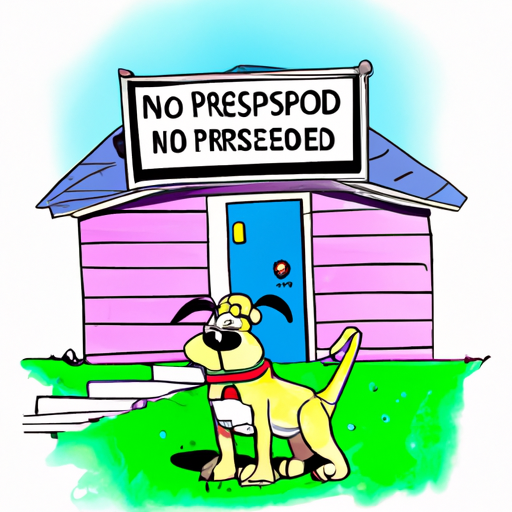Dogs, man’s best friend, are known for their loyalty and their unique personalities. But have you ever wondered why are dogs territorial? This question, often asked by dog owners and animal enthusiasts alike, can offer a fascinating insight into the canine world.
Key Takeaways
– Understanding canine territorial behavior.
– The role of canine genetics and evolution in territorial behavior.
– How to manage and train a territorial dog.
Table of Contents
1. Understanding Canine Territorial Behavior
2. The Role of Genetics and Evolution
3. Training and Managing a Territorial Dog
4. Frequently Asked Questions
Understanding Canine Territorial Behavior
Dogs are naturally territorial animals. This behavior stems from their wild ancestors, where protecting their territory was a matter of survival. In modern domestic dogs, this behavior manifests as barking at strangers, guarding food or toys, and even marking their territory through urination.
For a more detailed exploration of this topic, this article provides an excellent overview.
The Role of Genetics and Evolution
It’s important to remember that every dog breed has been selectively bred for a specific purpose. This means that some breeds are naturally more territorial than others. For example, guardian breeds like the German Shepherd or Rottweiler have been bred for their protective instincts, making them more likely to exhibit territorial behavior.
This article on OneTopDog provides an excellent overview of how genetics influences dog behavior.
Genetic Factors:
- Breed
- Size
- Temperament
Evolution has also played a role in shaping this behavior. In the wild, a dog’s territory is its home. It’s where it sleeps, eats, and raises its young. By being territorial, dogs are instinctively trying to protect their ‘home’ and their family.
Training and Managing a Territorial Dog
While territorial behavior is natural, it can sometimes escalate to aggression if not properly managed. Here are some tips on how to manage and train a territorial dog.
Tips for Training:
- Establish leadership: Dogs are pack animals, and they need a leader. Establish yourself as the leader of the pack through consistent training and reinforcement.
- Positive Reinforcement: Reward good behavior with treats, praise, or play.
- Socialization: Expose your dog to different people, environments, and other animals to help them become more comfortable in various situations.
For more detailed information on this, check out this comprehensive guide on OneTopDog.
Frequently Asked Questions
Q: How can I tell if my dog is being territorial?
A: Signs of territorial behavior include barking at strangers, guarding food or toys, and marking territory through urination.
Q: Are certain breeds more territorial than others?
A: Yes, breeds that have been bred for guarding or protection are more likely to be territorial.
Q: Can training help manage territorial behavior?
A: Absolutely, consistent training and socialization can greatly help manage and even change territorial behavior.
In conclusion, understanding your dog’s territorial behavior can lead to a more harmonious relationship. Remember, every dog is unique and requires a personalized approach to training and management. If you’re interested in learning more about dog breeds and behavior, OneTopDog is a treasure trove of information.



